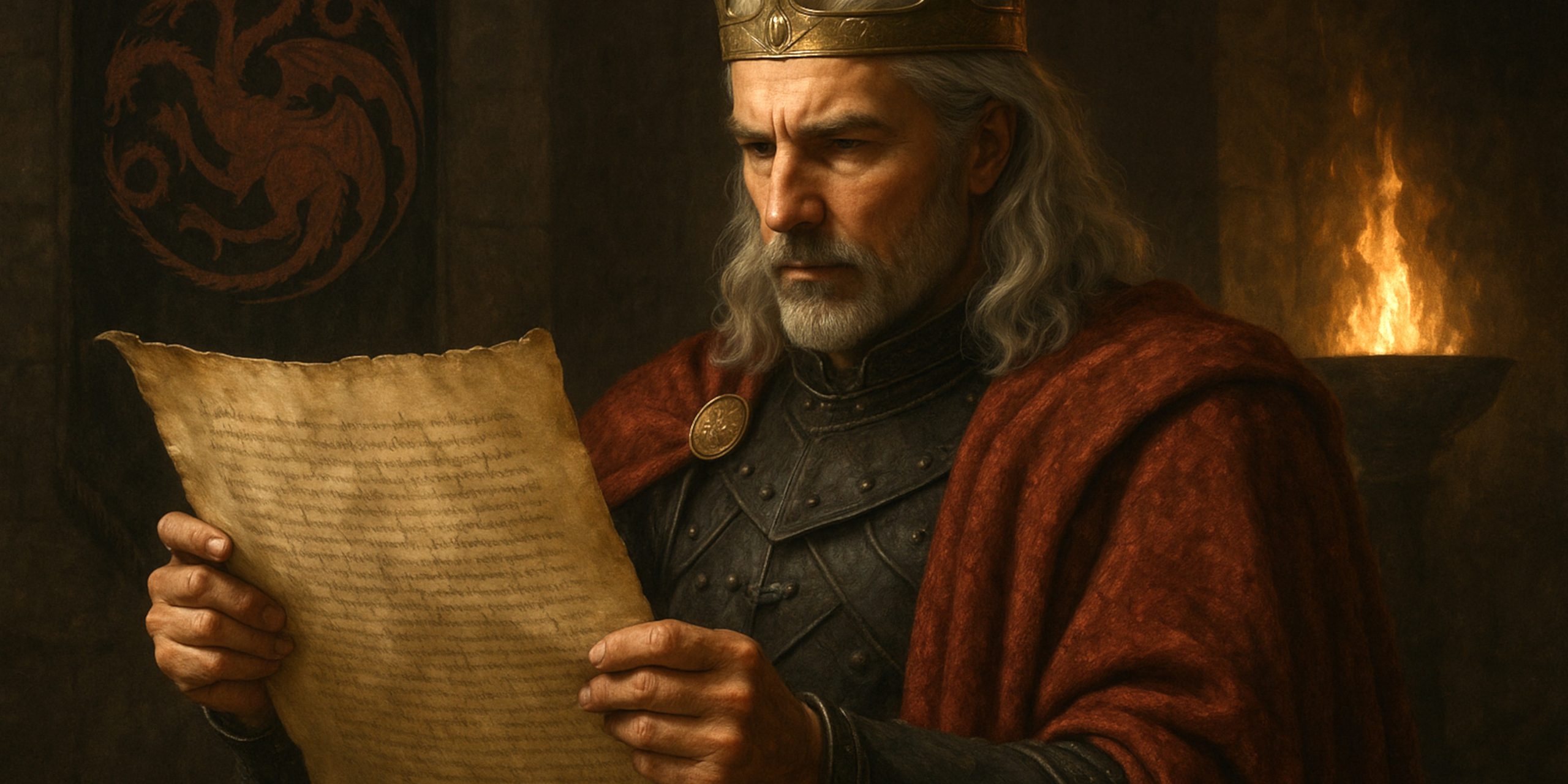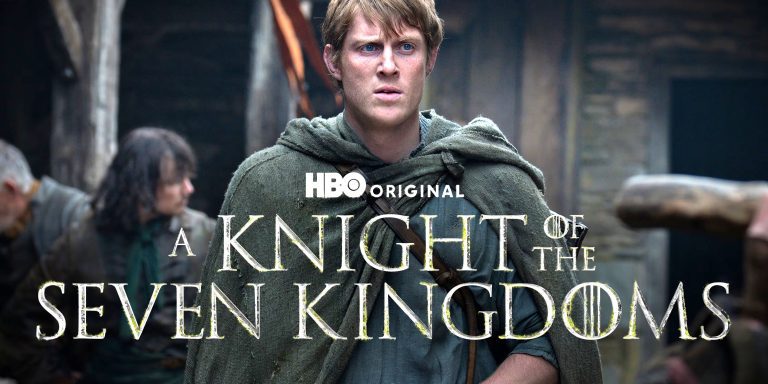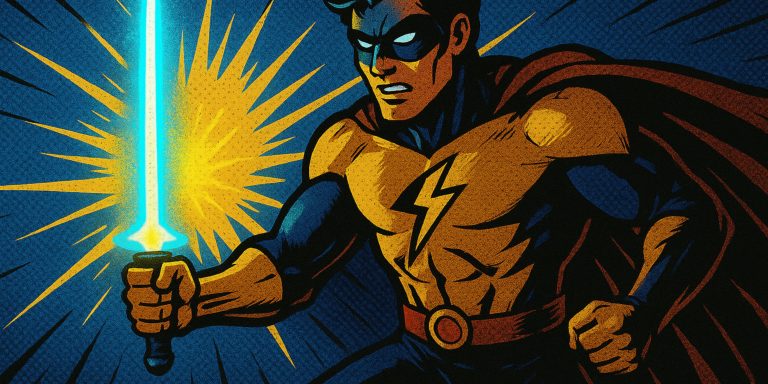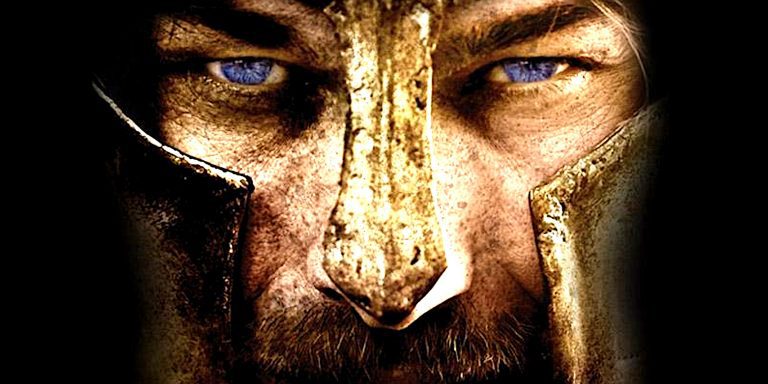
The prophecy of Aegon the Conqueror, first revealed in House of the Dragon, repositions the origins of Targaryen ambition in a surprising light. Rather than depicting Aegon as simply a warlord hungry for power, the prophecy suggests a deeper purpose behind his conquest: the unification of Westeros to prepare for a threat from the North. This changes how we view both the Targaryen dynasty and the events that unfold centuries later.
Aegon’s Dream: A Song of Ice and Fire
According to Viserys I in House of the Dragon, Aegon foresaw the end of the world of men. This catastrophe, as he described it, would begin with a terrible winter blowing from the distant North. Only a united realm, under a Targaryen ruler, could stand a chance of resisting it.
This vision, known as Aegon’s Dream, is a direct reference to the events that eventually play out in Game of Thrones. The Night King, the White Walkers, and the Long Night are all foreshadowed in his prophecy. That this threat would only be stopped by a Targaryen, or someone with Targaryen blood, sets the foundation for Daenerys and Jon Snow’s importance in the original series, regardless of how their arcs conclude.
A Shift in the Targaryen Legacy
Aegon’s decision to conquer the Seven Kingdoms now appears to be driven by foresight rather than ambition alone. This redefines the conquest as a necessary step toward long-term survival. It casts the Targaryens not merely as dragonlords asserting dominance, but as guardians of a secret responsibility passed down from ruler to heir.
Yet this duty is fragile. The secrecy of the prophecy is both its strength and its curse. Only the ruling Targaryen knows of it, meaning any disruption in succession or loss of knowledge could doom the realm. With the Targaryen line plagued by civil war, madness, and betrayal, it is easy to see how this knowledge was eventually lost by the time of Game of Thrones.
The Burden of Knowledge
Viserys I carries the weight of Aegon’s vision heavily. His insistence on unity through his daughter Rhaenyra is tied not just to legacy, but to survival. This makes the succession crisis at the heart of House of the Dragon even more tragic. Those fighting over the Iron Throne are unaware that their conflict endangers the very thing Aegon sought to prevent.
The prophecy also deepens the tension between destiny and free will. Aegon’s bloodline was meant to protect the realm, yet individual choices, Daenerys’ in particular, complicate this mission. The idea that Targaryens are essential to saving the world comes with no assurance they will not destroy it as well.
What It Means for the Future of the Franchise
The inclusion of Aegon’s dream in House of the Dragon bridges the prequel more closely to Game of Thrones. It offers narrative continuity, but also retroactively reframes events across both series. Jon Snow’s secret heritage, long teased as pivotal, gains fresh relevance in this context. The prophecy was not fulfilled by Daenerys alone, nor by Jon, but by their shared actions and sacrifices, however flawed.
As more seasons unfold, the prophecy may also shape how we interpret characters like Rhaenyra, Aegon II, and even younger Targaryens. Some may cling to the dream, others dismiss it. The tension between belief and disbelief, duty and ambition, will likely mirror the very downfall the prophecy warns against.
The Seven words Takeaway
Aegon’s prophecy adds a layer of tragic inevitability to Targaryen history. His vision was clear, but the bloodline tasked with realising it was fractured and volatile. In the end, the dream was not enough to hold them together, and the cost of that failure echoes down the centuries. Whether the prophecy was ever truly fulfilled remains open to interpretation, but its impact on Westeros is undeniable.



